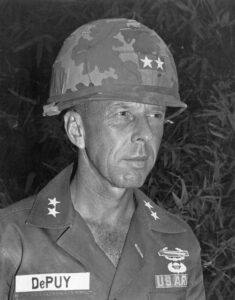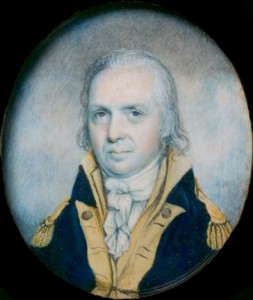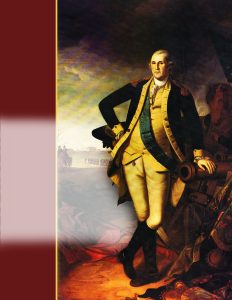The U.S. Army Center of Military History traces its functional lineage back to the Civil War when Congress requested a published record on the conduct of the war. The result was a 131-volume history, War of the Rebellion: Official Records of the Union and Confederate Armies. However, no official standing body was created to study and examine U.S. Army history.
In March 1918, a Historical Branch was founded under the auspices of the War Plans Division of the General Staff. The Branch intended to publish a 65-volume history of America’s efforts in the First World War. The effort floundered when postwar personnel reductions hit and Secretary of War Newton D. Baker demurred over possible controversy.
As a result, the Historical Branch became a collecting agency for documents, photographs, and other material. It exercised few educational or interpretative functions. The Branch soon became the Historical Section. In 1922, it became responsible for determining the official lineages and battle honors of the Army units.
World War II began a period of tremendous growth for the Historical Section as demand for its services expanded dramatically. All of a sudden, war leaders faced problems that had plagued their predecessors a generation earlier. The Section answered small questions, but also began studying the previous war in a substantative and practical way; leaders wanted to learn from the successes and failures of the past. The Historical Section eventually published 62 historical studies.
In addition, a second Army historical body was created, the Historical Branch, and placed under the auspices of the G-2 (Intelligence) division of the General Staff. This Branch had the task of collecting and analyzing historical data from the Second World War, with the ultimate goal of publishing a comprehensive and official history of the Army’s role. Unlike the Historical Section, which was largely comprised of officers, the Historical Branch was composed of civilian historians.
The Historical Branch and its successors have published 77 volumes of the U.S. Army in World War II series, the famous “Green Books.” One more volume is still in production. Moreover, other, smaller studies have been published, enriching the Army’s understanding of its vital role in defeating the Axis powers.
In 1945, the Branch became the Historical Division. Five years later, it became the Office of the Chief of Military History.
Throughout the Korean War, OCMH remained focused on publishing the World War II studies. However, it did publish a five-volume series on the Army in the Korean War, in addition to volumes on Army lineage. In the 1950s, OCMH came under the control of the Deputy Chief of Staff for Military Operations.
The Vietnam War witnessed a different approach to the study of Army history. Two-man historical detachments in Vietnam concentrated on helping units prepare operations reports that stressed lessons learned.
In 1973, OCMH became the U.S. Army Center of Military History. CMH came under the supervision of the Deputy Chief of Staff for Military Operations (later Operations and Plans). In 1989, CMH was redesignated a field agency under the propenency of the Office of the Chief of Staff.



